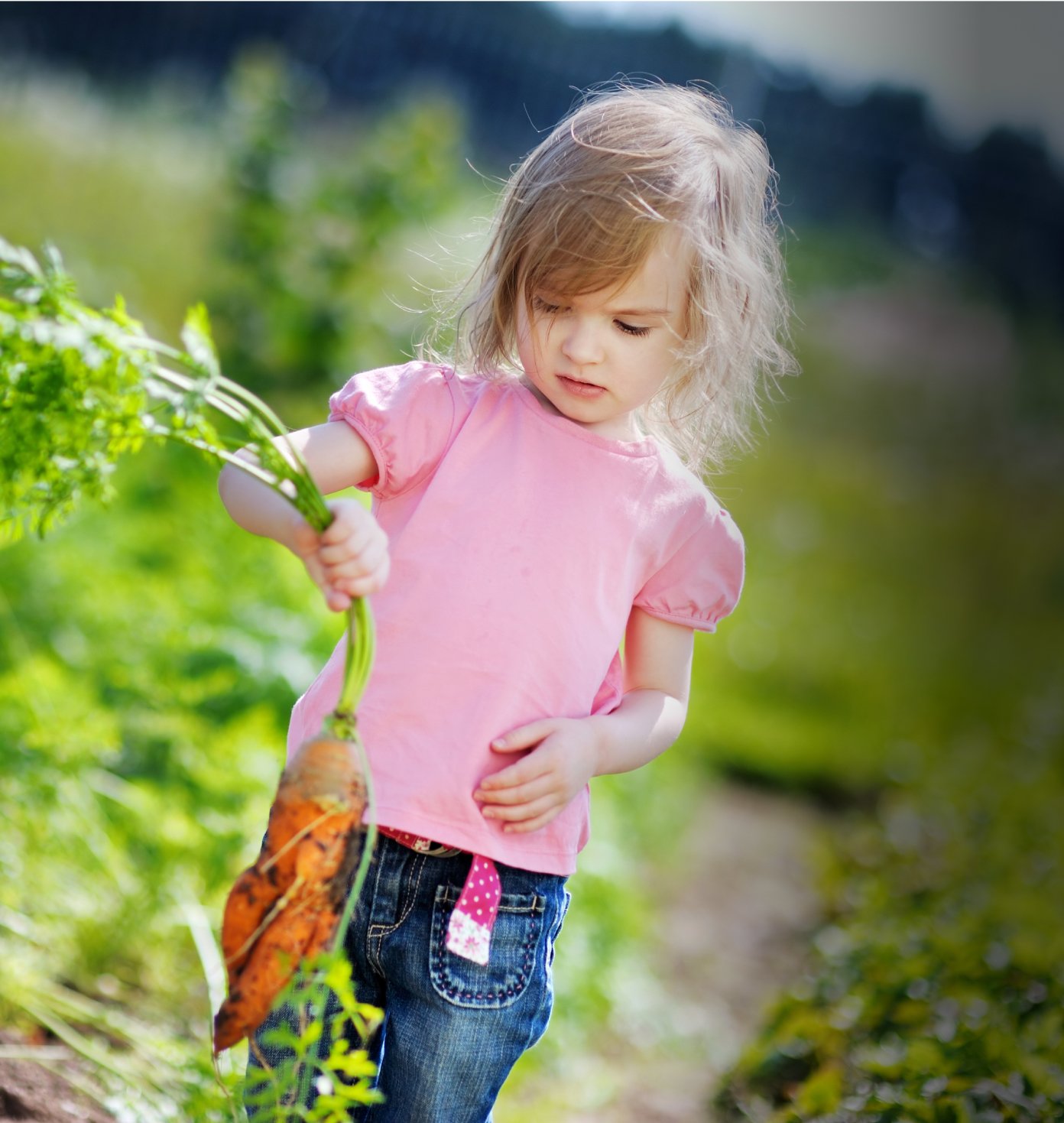Apples doused with chemical after harvest
WEDNESDAY, MARCH 20, 2019
Apples are typically on EWG’s Dirty Dozen™ list in part because they contain residues from an average of more than four different pesticides, including some at high concentrations.
One of these is diphenylamine, an antioxidant chemical treatment used to prevent the skin of apples in cold storage from developing brown or black patches known as “storage scald.” Most non-organic, or conventionally grown, apples are drenched in the chemical.
Tests of raw apples conducted by Department of Agriculture scientists in 2016, the most recent year for which data are available, found diphenylamine on 80 percent of them, with an average concentration of 0.28 parts per million, or ppm.1
American apple growers contend that diphenylamine is a benign treatment. European officials, on the other hand, are not satisfied that it may be harmless and, beginning in 2014, enacted a restriction on imported apples and pears treated with the chemical.2
Since diphenylamine is sprayed on fruit after it is harvested, USDA tests of apples find it more often and at greater concentrations than they do most other pesticide residues. (Diphenylamine is regulated as a pesticide, but it does not kill insects, weeds or fungal growth.) Diphenylamine was also found in 36 percent of applesauce samples but at much lower concentrations.
The Environmental Protection Agency reviewed the safety of diphenylamine in 1998 and concluded that its use posed no unacceptable risk to people or the environment.3 The agency updated its safety assessment in 2018 and concluded that the maximum concentrations of diphenylamine allowed on apples should remain at 10 ppm.
By contrast, European regulators ascribe the absence of evidence of harm to poor investigation. They concluded diphenylamine manufacturers had not conducted enough tests to prove the safety of their product and any chemicals formed when it broke down.4
The European officials’ concerns center on the possible formation of nitrosamines on diphenylamine-treated fruit. Nitrosamines form when nitrogen-containing compounds combine with amines, like diphenylamine. Nitrosamines cause cancer in laboratory animals, and some studies have found that people who eat foods with nitrosamines have elevated rates of stomach and esophageal cancers.5
Since the 1970s, European government agencies have regulated foods and consumer products to limit concentrations of chemicals that can serve as building blocks of nitrosamines.
The EPA has taken few steps to respond to the European ban and EU concerns about diphenylamine and the presence of nitrosamines, which are carcinogenic chemicals that can form on apples when diphenylamine is combined with nitrogen-containing compounds. In 2019, the agency published an interim decision to continue allowing diphenylamine to be used on apples.
European regulators theorized that nitrosamines could be generated if diphenylamine combined – either during storage or when fruit was processed – with a source of nitrogen, an element ubiquitous in the environment. But they had little evidence that this chemical reaction was, in fact, occurring. Beginning in 2008, they pressed the manufacturers of diphenylamine for data that showed whether nitrosamines or other harmful chemicals formed either when containers of diphenylamine sat on shelves, when fruit was treated with diphenylamine and stored for a long time, or when diphenylamine-treated fruit was processed into juices, purees and sauces.7
About EWG’s Shopper’s Guide to Pesticides in Produce
Europe set a temporary residue level of 0.1 ppm, which expired in 2018. The reason it did not set the permissible level of diphenylamine at zero was that untreated apples can sometimes acquire traces of diphenylamine even if they are merely stored in facilities that have held diphenylamine-coated apples. To avoid this type of cross-contamination, American growers that export apples and pears to Europe use special diphenylamine-free warehouses.
The EPA has taken few steps to respond to the European ban or EU concerns about nitrosamines. In 2019, the agency published an interim decision to continue to allow the use of diphenylamine on apples.
Until it is possible to determine the safety of diphenylamine, EWG recommends eating organic apples, apple juice, applesauce and pears to minimize the risk of ingesting nitrosamines and other potentially dangerous pesticide residues.
Some pesticides have more data linking them to health concerns than others. These pesticides are particularly concerning for children, who are especially susceptible to many of the health harms associated with pesticide exposure.
The presence of so many different pesticides in foods is also problematic. There’s little data available about how multiple pesticides interact with each other in the body or how such mixtures could compound each chemical’s individual potential health harms. But the data we do have suggests that when chemicals are present in a mixture, they may be toxic to humans at lower levels than when alone.
When regulating pesticides, government bodies also consider them only one at a time. They don’t look at the potential total body burden for consumers.











